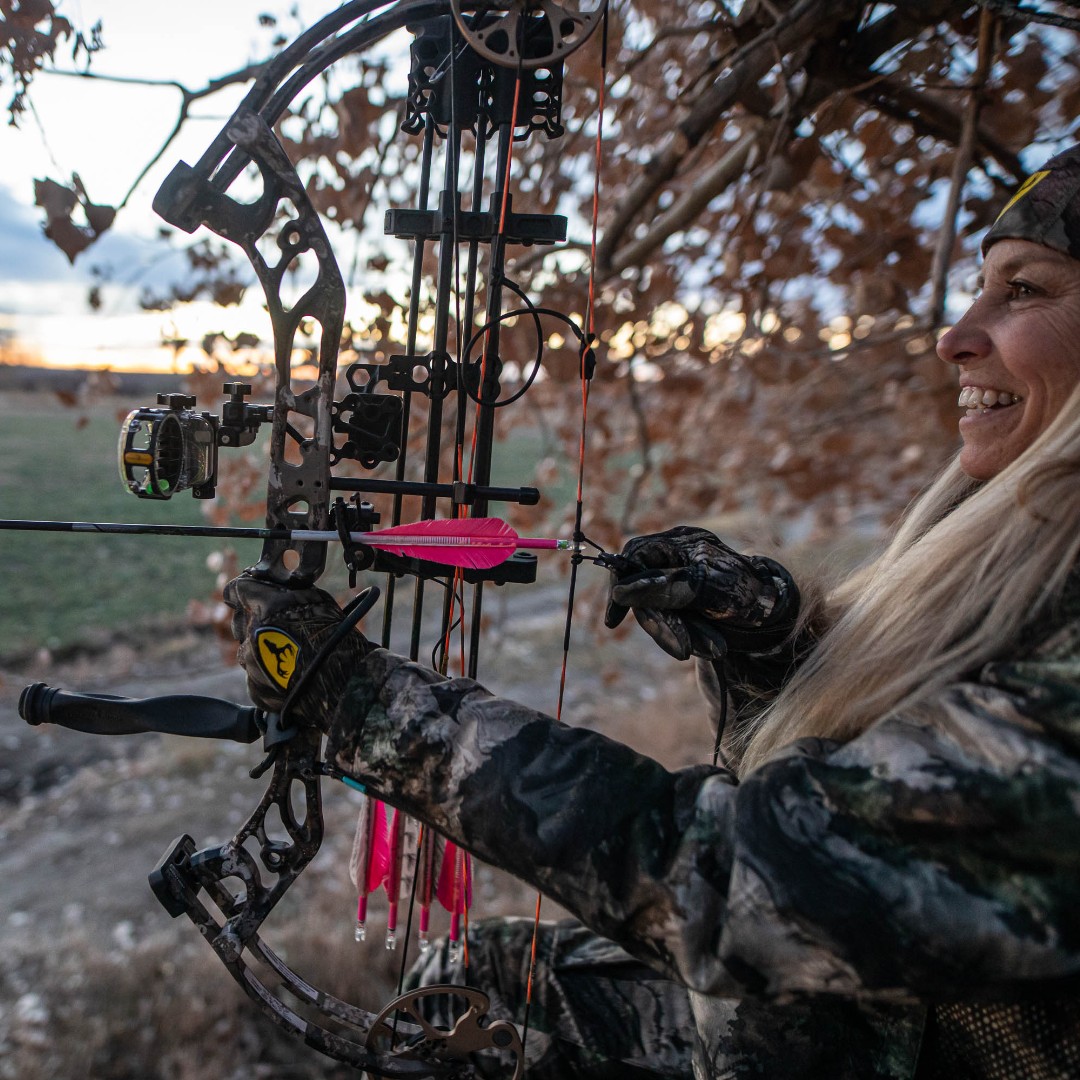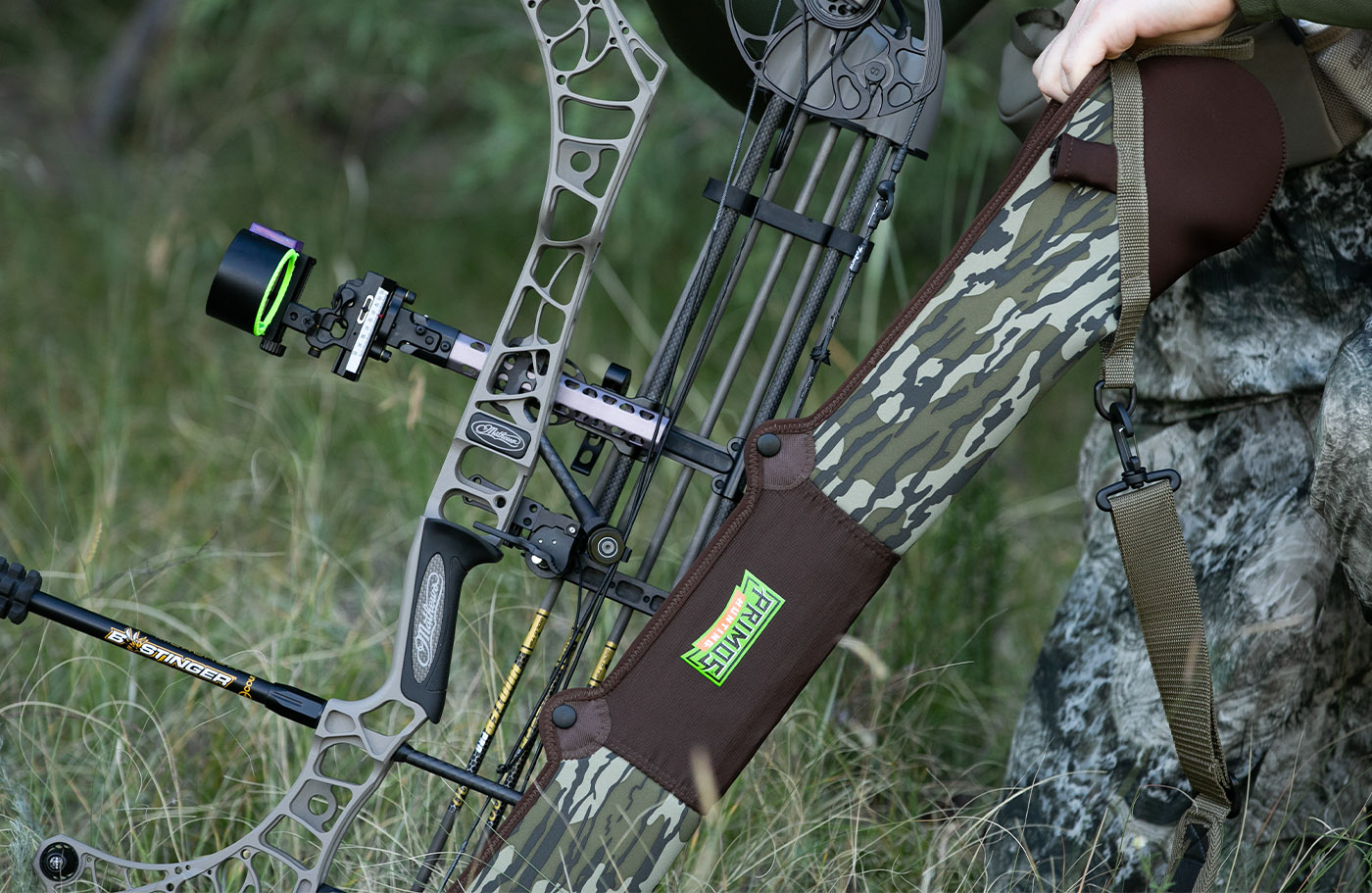Just how to Pick the Right Bow Stabilizer: Expert Tips and Advice
Just how to Pick the Right Bow Stabilizer: Expert Tips and Advice
Blog Article
Optimize Your Archery Precision With These Bow Stabilizer Strategies
In the world of archery, accomplishing optimum precision is a search that requires meticulous attention to detail and method. One vital component that can significantly impact your performance is the appropriate use of bow stabilizers. These often-overlooked devices hold the possible to boost your capturing proficiency to new heights, but only if employed properly. By checking out the nuanced methods of choose, mounting, and fine-tuning bow stabilizers, archers can open a world of accuracy that could have previously avoided them. Whether you are an experienced archer seeking to improve your skills or a newcomer eager to improve your accuracy, grasping these bow stabilizer methods can be the key to hitting your mark with unrivaled consistency.
Advantages of Using Bow Stabilizers
Making use of bow stabilizers can dramatically improve an archer's accuracy and general performance by decreasing bow torque and resonance. Bow torque, triggered by the unequal circulation of weight in the bow, can cause disparities in shot positioning. By connecting a bow stabilizer, the weight is rearranged, minimizing the effects of torque and aiding the archer accomplish a more regular shot. Additionally, bow stabilizers wet resonance, which not only boosts the comfort of capturing but additionally avoids the bow from leaping upon release, hence helping in keeping appropriate aim.
Moreover, bow stabilizers can help in holding the bow stable, especially during gusty conditions or when shooting from longer ranges. The added weight at the front of the bow offers security and balance, enabling the archer to concentrate on intending without the interruption of bow motion. On the whole, the advantages of making use of bow stabilizers expand beyond just accuracy, improving the archer's experience and efficiency in numerous shooting circumstances.
Picking the Right Bow Stabilizer
Selecting the suitable bow stabilizer is vital for maximizing your archery devices and enhancing shooting efficiency. When selecting a bow stabilizer, there are numerous factors to take into consideration to guarantee you locate the appropriate suitable for your demands. To start with, take into consideration the weight of the stabilizer. Larger stabilizers can help in reducing bow torque and soak up even more resonance, causing a steadier goal. Lighter stabilizers offer more ability to move, which can be valuable in particular shooting situations.

Last but not least, take into consideration the layout of the stabilizer. Some stabilizers come with flexible weights or dampeners that permit you to tailor the equilibrium and feeling of your bow. Eventually, picking the ideal bow stabilizer includes discovering a balance in between weight, product, size, and design to improve your capturing precision and general efficiency.
Appropriate Installation Methods
To guarantee optimal efficiency and security in archery, understanding appropriate installment methods for your bow stabilizer is important. The primary step in setting up a bow stabilizer is to identify the appropriate positioning on your bow. Many stabilizers look at this site are affixed to the front of the riser, below the grasp, to assist counterbalance the weight of accessories such as sights and quivers. Make sure that the stabilizer is not interfering with other parts or hindering your capturing type.
Following, firmly affix the stabilizer to the bow using the ideal mounting equipment. It is important to tighten the stabilizer comfortably to stop any type of tottering during shots. Some stabilizers include adjustable weights that can be added or removed to tweak the equilibrium of your bow. Trying out various weight arrangements to locate the optimal balance that fits your capturing design.

Adjusting Stabilizer Weight and Length
After ensuring the appropriate installment of your bow stabilizer, the following step involves changing the weight and size to maximize its performance in boosting archery accuracy. The weight of the stabilizer plays an essential role in lessening bow movement during the shot cycle. Including weight to the stabilizer can aid wet resonances and boost stability, causing more regular and accurate shots. On the various other hand, reducing the weight can boost ability to move, which is helpful for situations calling for fast target acquisition.
When it concerns stabilizer size, locating the ideal balance is crucial. A longer stabilizer can provide greater security by boosting the distance between the bow and the weight at the end of the stabilizer. This added range improves the maintaining effect, specifically in windy problems or when contending longer ranges. Alternatively, a much shorter stabilizer provides more maneuverability and may be chosen by archers that value dexterity and fast movements throughout shooting.
Advanced Stabilizer Tuning Tips
Achieving optimum bow security and precision in archery requires a nuanced method to advanced stabilizer adjusting. Advanced stabilizer adjusting involves fine-tuning various elements to boost the bow's balance, minimize resonance, and improve overall accuracy. One key strategy is to trying out various stabilizer arrangements, consisting of side-bar and back-bar configurations, to locate the suitable equilibrium in between stability and ability to move for your capturing style. bow stabilizer. Additionally, readjusting the angle and positioning of the stabilizer can have a considerable effect on just how the bow reacts upon launch.
Another important facet of innovative stabilizer adjusting is optimizing the damping residential properties of the stabilizer site system. Exploring different materials for the stabilizer building and construction, such as carbon fiber or light weight aluminum, can additionally affect the bow's performance by altering its weight distribution and stiffness.
Conclusion
To conclude, maximizing archery precision can be accomplished with the appropriate option, installation, and adjustment of bow stabilizers. By understanding the benefits of utilizing stabilizers, choosing the best one, and tweak its weight and length, archers can improve their shooting precision. Utilizing sophisticated adjusting techniques can further improve security and consistency in arrowhead trip. In general, incorporating bow stabilizers right into archery method can cause improved efficiency and enhanced precision.
Using bow stabilizers can significantly improve an archer's precision and overall performance by decreasing bow torque and vibration. Longer stabilizers give greater security and equilibrium, especially for long-distance shooting, while much shorter stabilizers offer even more flexibility and are less complicated to maneuver in tight rooms (bow stabilizer). Carbon fiber stabilizers are long lasting and light-weight, while aluminum stabilizers are robust and supply superb vibration moistening
A longer stabilizer can supply better stability by enhancing the range in between the bow and the weight at the end of the stabilizer.An additional essential element of sophisticated stabilizer adjusting is maximizing the damping residential properties of the stabilizer system.
Report this page